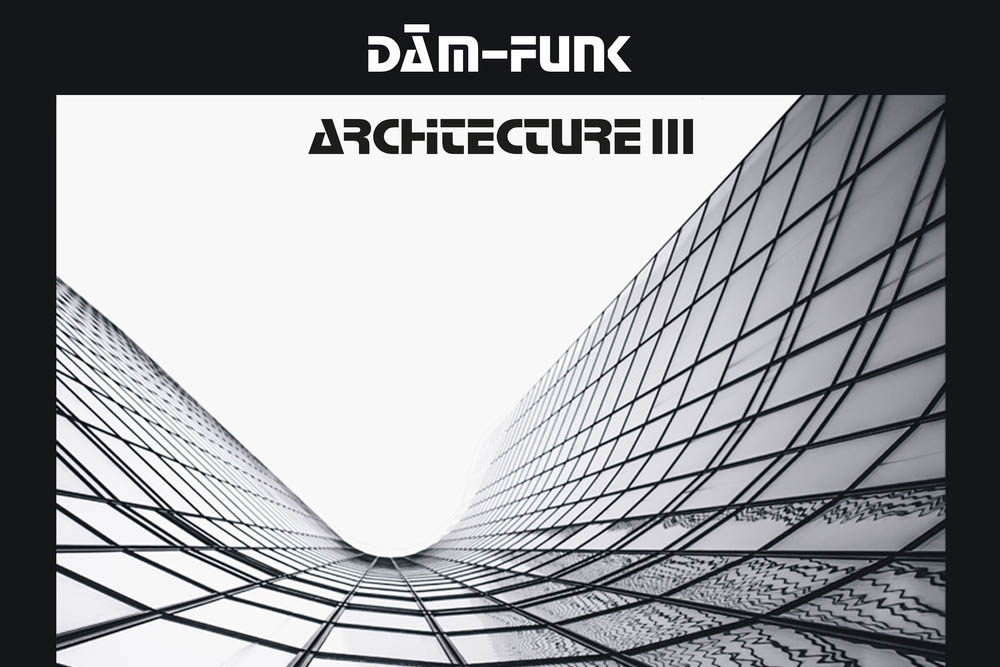
Part of the joy of listening to anything Damon “Dâm-Funk” Riddick releases is tuning into the ways he envelops the familiar in mystery. Considering the fact that his career spans a quarter-century, beginning with his work as an in-demand keyboard whiz for several live band-era G-funk rappers, or that he’s a funk-worshipping revolutionary, it’s not surprising to hear the music’s past in everything he does. The keypad handclaps, the paisley Roland keyboard whooshes, the burbling monster synth-bass, perfected by P-Funk alum Bernie Worrell in the late 1970s, are all staples of Dâm-Funk’s music.
In fact, it’s impossible to listen to him and not at least consider the possibility that what you’re hearing isn’t some rare, small-label post-1999 boogie record unearthed by the likes of DC’s People’s Potential Unlimited label. That is, if you are even able to relate his music to that era, or if you don’t take a closer listen and note how much he continues to use these elements to push forward even as he comments on where the music’s been.
His Architecture series is a case in point. On this set of EPs, of which Architecture III is the final installment, the concept reflects house music. Yet, since the term “house” lends itself to various time periods, moods, and geographical styles, Dâm-Funk uses house’s four-on-the-floor pulse in any number of ways. “Think” has the window-wiper swoosh of Wolfgang Voigt’s nearly invisible tracks recorded under the Gas moniker. Yet, here, the bass rises to the surface, and the throb is less subtle than anything Voigt imagined. However, by the tune’s end, all of that gets washed out to sea by a keyboard pattern that he had hidden in plain sight all along.
The follow-up track “Feel” seems like a jolt, but only until it settles in, gliding on a beat that occasionally drops out, then doubles up on itself as Dâm-Funk’s familiar bass booms provide the anchor and the melody. What he ends up creating here is funk as ambience, the blunter edges chiseled, the song structure replaced by trance-inducing not-quite-dancefloor minimalism. Riddick has always been earthier than the Brainfeeder crew, more consciously aligned with post-Clinton monster-funk sizzle.
Apply that to a collection using house as a sonic template, and you get music that, while not at all unexpected from this artist, lets him play with imagined versions of dance music’s past in a way that allows him to keep writing future funk’s latest chapter. The final installation in the Architecture series may not disrupt Dâm-Funk’s musical outline so much as it gives him room to apply his colors in subtly altered shades.


![Call for Papers: All Things Reconsidered [MUSIC] May-August 2024](https://www.popmatters.com/wp-content/uploads/2024/04/all-things-reconsidered-call-music-may-2024-720x380.jpg)



